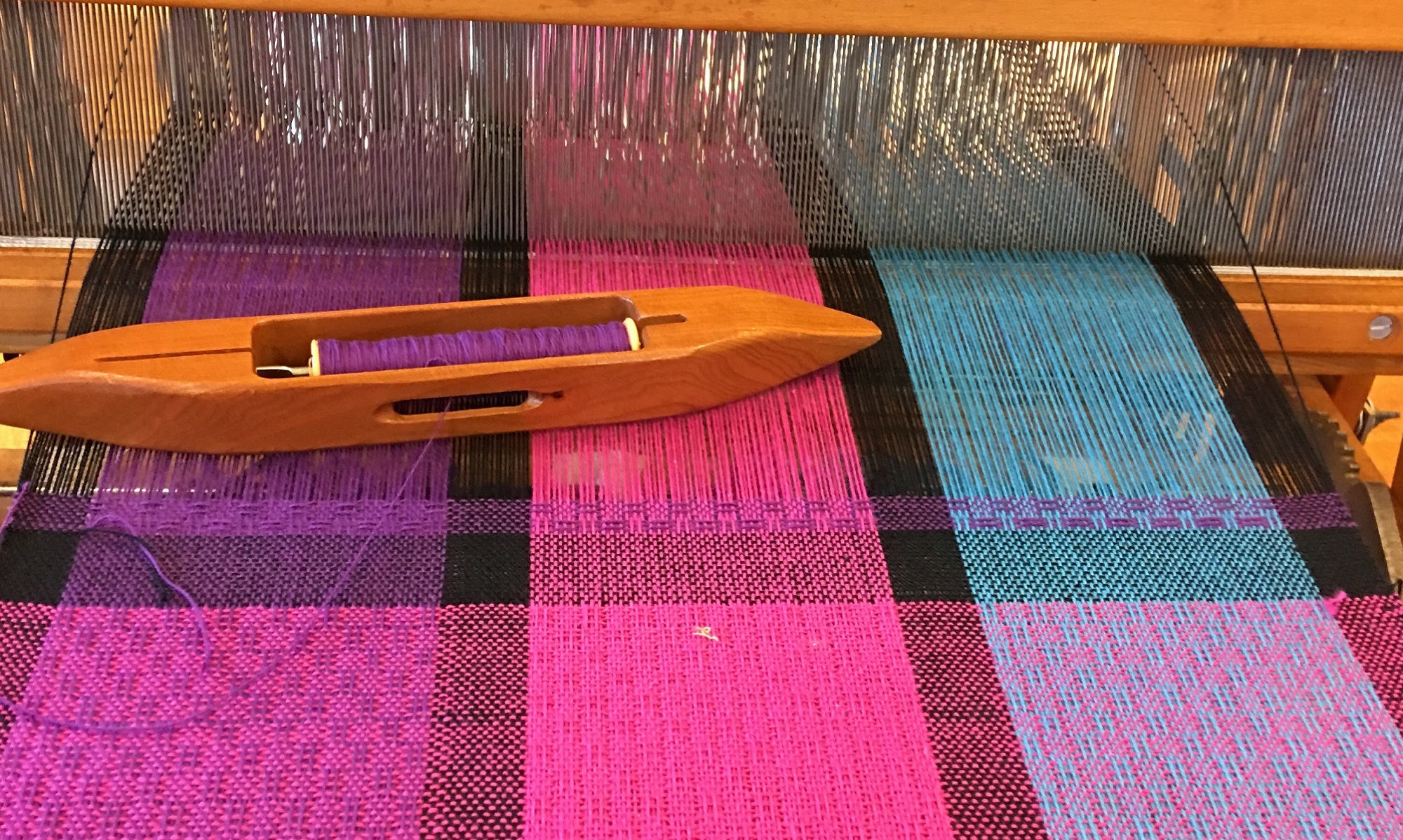
Registration is now closed. If you wish to plan a shibori silk scarf party for you and a group of 5-10, please contact me at this email and we can set it up!
I will be hosting a 4 hour beginner’s workshop in my yard in Silverton, Ohio Sunday September 18 at 1:00 pm on the art form of Shibori and indigo dyeing. Shibori is an ancient Japanese art in which cloth is bound, stitched, folded, twisted and/or compressed to create patterns in cloth before dyeing.
You will receive a blank silk scarf that is dye ready. We will learn Kumo, Kanko, and Itajime Shibori techniques to create patterns of resist for a beautiful and unique scarf. You will choose 1 or 2 techniques for your scarf, prepare it, dye it in the indigo pot, rinse it, iron it dry and take it home. No previous experience necessary!
Workshop is $35 and includes the scarf and materials needed for the resists, the use of the dye pot and a handout.
Indigo dyeing is wet and messy. Please bring a good pair of rubber gloves that has a long cuff (not stopping at the wrist) to keep the dye from leaking into the gloves. The indigo dye is a slightly alkaline solution and not harmful to most people but stains and can take up to a week to wear off. The more worried you are about blue hands, the better and longer your gloves should be. Wear old clothes and shoes that can get dye on them.
The address and directions to my home will be sent to you after registration.
Limit 10 participants. To register and pay, click “Add To Bag” below. (Registration is now closed and link to register has been removed.)
Cancellation policy 100% refund before September 14, no refund after September 14 unless your space can be filled.
Click here to email Nancy with questions or comments. MeasuredThreads







